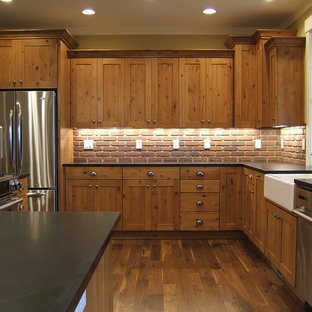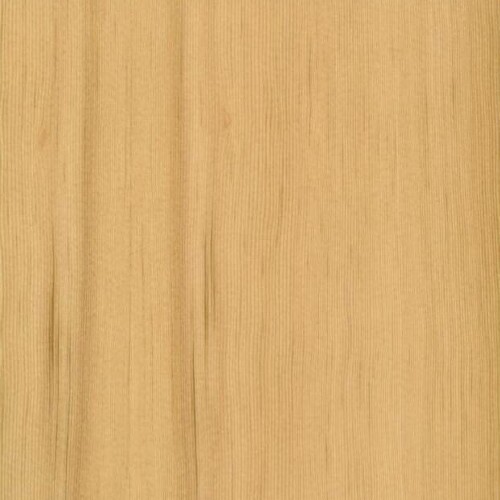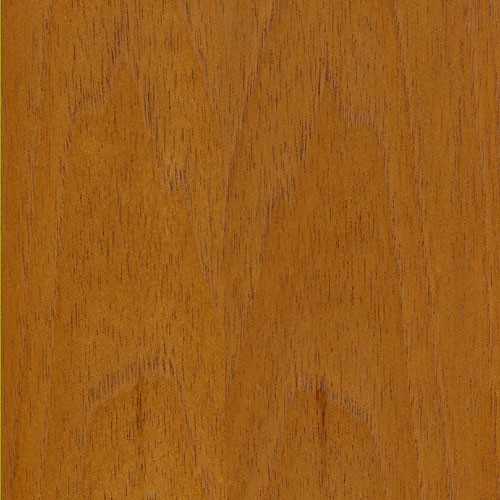Ash Olive Burl
[Fraxinus excelsior]
From a scientific/botanical perspective, the name “Olive Ash” doesn’t actually refer to a specific species of tree. Instead, the name is reflective of the color that is sometimes produced in the heartwood of European Ash [Fraxinus excelsior].
Typically, the heartwood of European Ash usually ranges from a light to medium brown color, but it can feature darker streaks that, quite remarkably, resemble the wood of Olive trees in the Olea genus. When this coloration and appearance occurs, it’s referred to as “Olive Ash.” In fact, the Olive Ash variety can be such an amazing dead ringer for actual Olive wood that the only true identifying trait between the two is the more porous grain structure of Olive Ash.
Renowned for its often swirling burl patterns and unique colors, Olive Ash can also appear more straight grained. And when it does, the stripes created by the dark-on-light patterning draw intriguing comparisons to Zerbrawood.
But Olive Ash is no delicate beauty. Beyond its captivating eye appeal, the wood embodies all the superlative qualities of its botanical alter ego — European Ash.
Native to Britain and mainland Europe, it’s a strong, durable, flexible species that has been relied on for millennia as one of the most versatile hardwoods in the forest. A prized wood for tool and sport handles, it’s the top choice for making hammers, axes, spades, hockey sticks, oars, and hurleys. But due to its clean, elegant appearance, it’s also popular for modern furniture.
A tall, graceful tree, the Olive/European Ash has also held significant spiritual importance for many cultures throughout history. In Norse Mythology, “Yggdrasil,” the immense cosmic tree at the very center of the universe was a European Ash. And the Druids in Britain considered the species so sacred they often made their wands from its straight-grained lumber.
But it’s when the wood is characterized by the coloring and mesmerizing pattern that it reaches its most remarkable state as “Olive Ash.” One of the most highly sought after materials for wood veneer sheets, custom plywood, millwork, and turned objects.
Species Distribution:
Europe
Mainland Europe
Caucasus mountains
Alborz mountains
Britain
Ireland
Norway
Southwestern Asia
Common / Alternative Names:
Ash
Common Ash
Janka Hardness:
1,480 lbf
Sustainability Status:
CITES Appendices: Not listed
IUCN Red List of Threatened Species: Not listed
Related Species:
Black Ash (Fraxinus nigra)
Blue Ash (Fraxinus quadrangulata)
Green Ash (Fraxinus pennsylvanica)
Oregon Ash (Fraxinus latifolia)
Pumpkin Ash (Fraxinus profunda)
Tamo Ash (Fraxinus mandshurica)
White Ash (Fraxinus americana)









